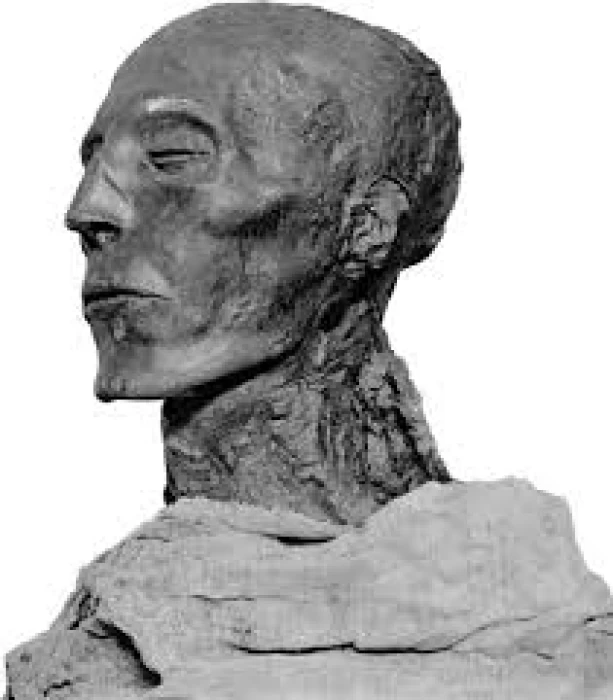Cairo, the vibrant capital of Egypt, offers a wide range of excellent hotels to suit different preferences and budgets. Here is a list of some of the best hotels in Cairo:
Four Seasons Hotel Cairo at Nile Plaza: This luxury hotel offers stunning Nile River views, spacious rooms, world-class amenities, and multiple dining options.
Kempinski Nile Hotel Cairo: Situated on the banks of the Nile, this five-star hotel boasts elegant rooms, a rooftop pool, a relaxing spa, and several dining outlets.
The Nile Ritz-Carlton: Located in the heart of downtown Cairo, this iconic hotel offers luxurious accommodation, a rooftop bar with panoramic views, and direct access to the Egyptian Museum.
Marriott Mena House, Cairo: Situated near the Pyramids of Giza, this historic hotel offers a unique blend of modern comfort and traditional charm, along with stunning views of the pyramids.
InterContinental Cairo Semiramis: Overlooking the Nile River, this upscale hotel features well-appointed rooms, a rooftop pool, multiple restaurants, and a casino.















